The manufacture of champagne, a unique know-how.
For a quality champagne, each stage of grape production and vinification must be mastered.
As a harvester, we work all year round in our vineyards and in our cellars to offer you the best of our terroir and our experience.
We have also brought a part of ourselves into our wines of character.
We are going to explain to you all the stages of the manufacture of champagne month by month.
January
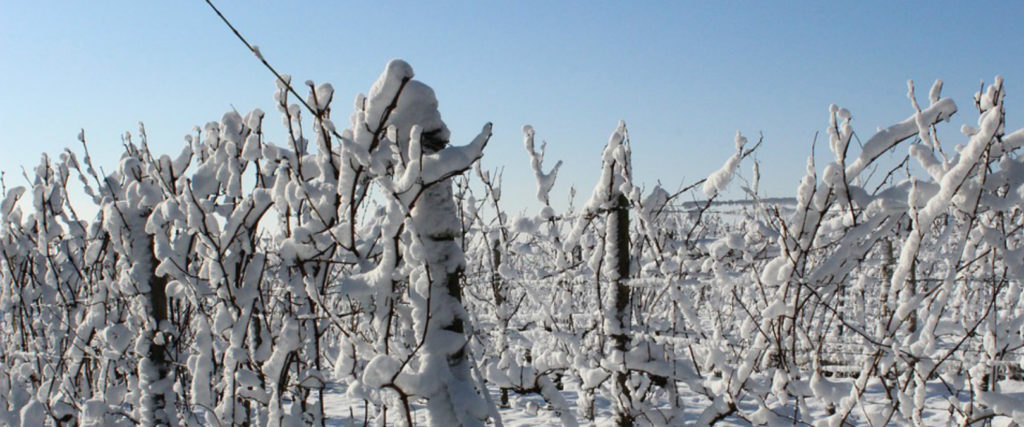
During the month of January, the vine is in winter rest. We do not start pruning the vines to respect the plant's winter rest period. It's time for us to replace the stakes that were damaged during the previous season.
In the cellar, we carry out the riddling (routing of the deposit towards the neck) and the disgorging (ejection of the deposit and addition of liqueur) of the bottles which will be sold at the end of the year. Indeed, it takes about 5 to 6 months for the liqueur and the wine to marry well after disgorging.
FEBRUARY
The first part of February is dedicated to our blends. Indeed, we have to carry out tests in order to define the recipe of the year. during the second half of the month, we start pruning the vines. It is only possible if the temperatures do not drop below -5°C so as not to let the cold enter through pruning wounds.
The pruning makes it possible to define the form, the load and the crowding of the vegetation of the vegetative cycle to come.
MARS

We finish pruning the vines by observing the buds which change because the vine wakes up at the approach of spring. The wood removed during pruning is swathed in the rows to be crushed to return the organic matter to the soil.
We must then tie the pruning wood on the binding wire in order to direct the growth of the plant for the coming season.
We are also preparing the draw which will take place in April.
APRIL
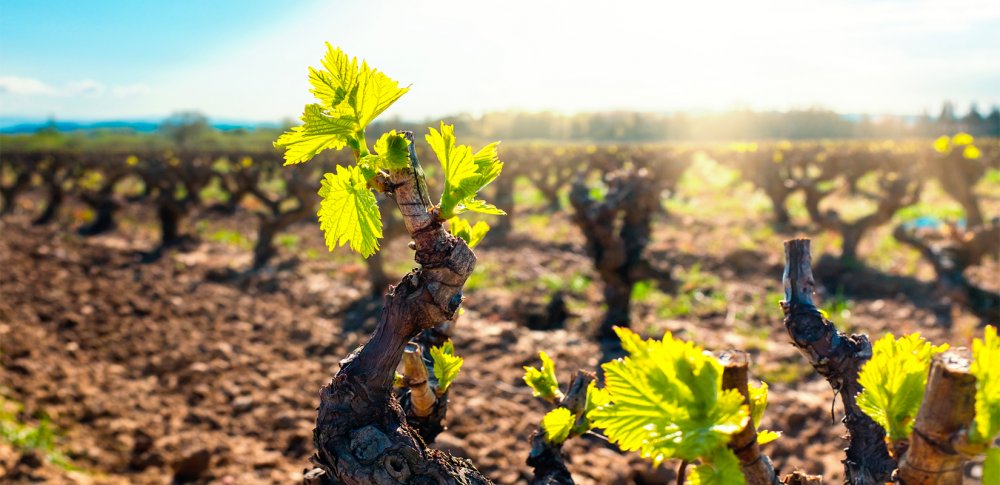
It is the month of the draw which allows the bottling of the previous harvest. For our BSA (Brut Sans Année), we blend around 60% fresh harvest and 40% reserve wines. For vintages, 100% fresh harvest.
We blend each cuvée in vats to add yeast and sugar in very precise proportions. We then bottle and seal tightly. A second fermentation in the bottle takes place giving the effervescence of Champagne. This stage is called the prize de mousse and lasts about 3 weeks.
The BSAs will age for at least 4 years instead of the minimum 15 months provided for by the regulations. For vintages, around 10 years instead of 3 years minimum.
EVER
The month of May sees the buds turn into a branch, revealing the inflorescences (grapes before flowering). The stage of these will evolve until the development of flowers from the end of May to the beginning of June.
This date will be to remember because the harvest will take place about 90 days later.
Throughout this period and until mid-June, we will carry out the trellising. This step consists of directing the vegetation between two lifting wires. It also avoids the crowding of vegetation and allows the development of future grapes. Row topping will be necessary.
June
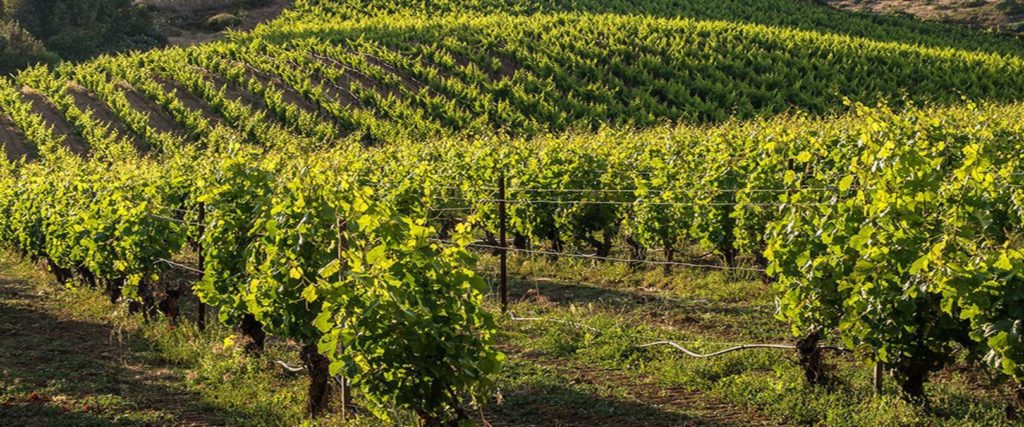
In June, the flowering which lasts between 4 to 8 days makes it possible to transform the inflorescences into clusters. There is a risk of dripping in the event of rain during this period.
The trellising will end between mid-June and the end of June. Topping will contain the vegetation and determine the height of growth of the vine.
We adjust working hours in the event of strong heat in order to take advantage of the morning freshness.
We also know how to appreciate working at constant temperatures in our cellars.
JULY
In this month of July, we carry out the work of trimming and manual shearing.
The activity in the cellar less sustained leaving room for visits! Indeed, with the summer holidays we have more visits than the rest of the year, it is an opportunity to present our cellars to you and explain to you our passionate profession as well as the process of making champagne.
You can through this website book a guided tour (vineyards and/or cellars) to discover our universe!
AUGUST
In August, we monitor the evolution of maturity before the grape harvest. For this, we measure, among other things, the sugar level as well as the acidity.
We are also preparing to welcome the upcoming harvest. Some years, the harvest can start at the end of August.
We continue to welcome you to our cellars and vineyards for a guided tour conducted by us.
SEPTEMBER
This month of September begins with a stage which determines the quality of our wines: the harvest.
Indeed, the choice of the harvest date is very important so that our cuvées can express themselves fully.
We pick and sort the grapes by hand before quickly transporting the crates for pressing.
The vinification period can begin.
OCTOBER
After the harvest, we remove the diseased vines, in order to gradually renew our vineyard.
In the cellar we finish the vinification, then we will give time to our wines to express themselves fully.
October is also the start of the race for year-end sales.
NOVEMBER

In this month of November the vines begin to lose their leaves and the plant goes into winter rest. It is the descent of the sap which constitutes the setting aside for the next harvest.
In the cellar, the main activity consists of dressing the bottles and supplying our customers.
DECEMBER
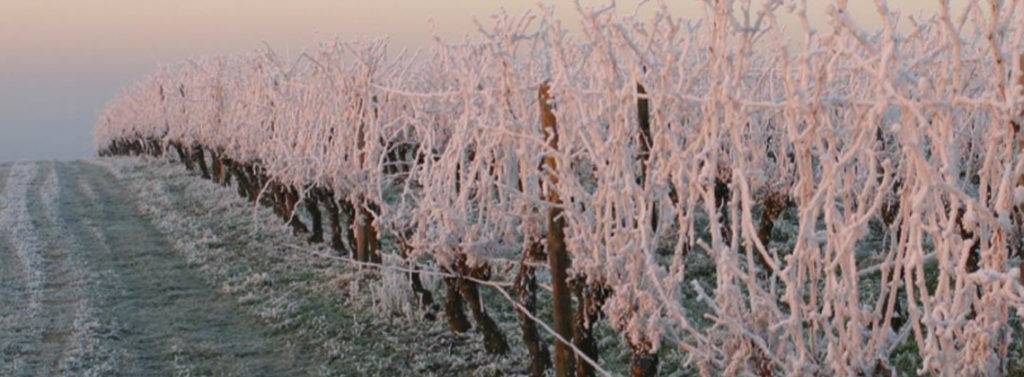
At the end of the year, the vine is dormant.
In the cellar we are preparing the last orders for the end of year celebrations. We participate in various representation events such as Christmas markets in order to introduce our Champagnes.




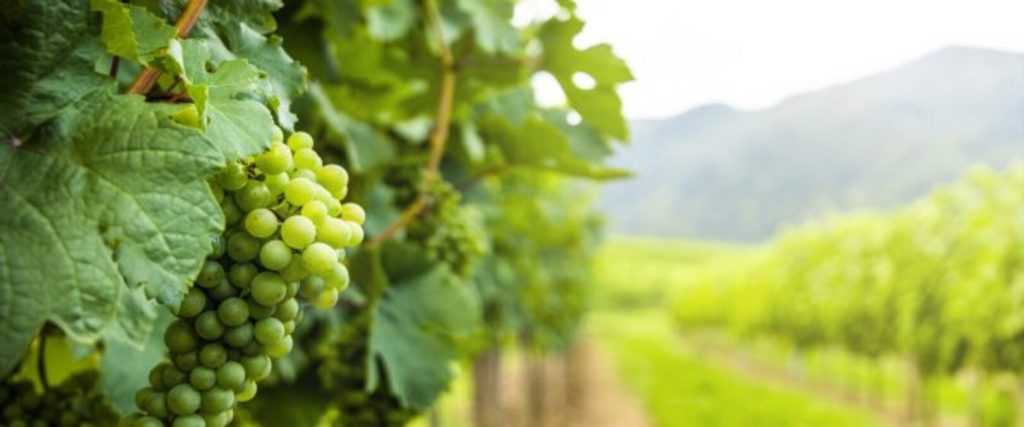
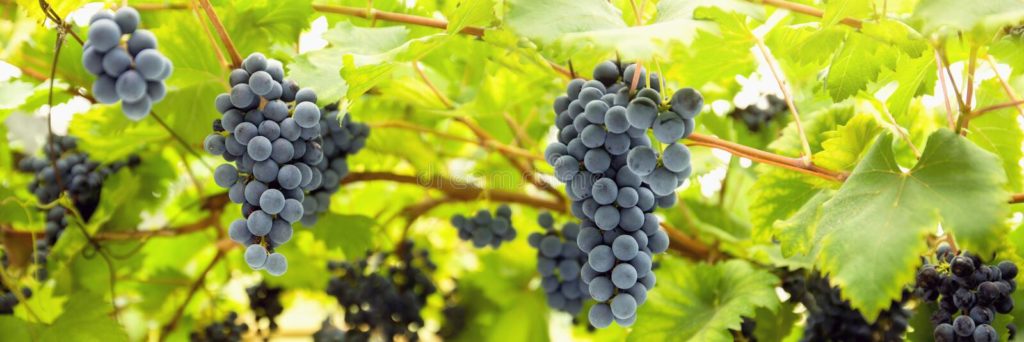


October in the vineyards - the making of champagne
[…] Discover all the life of the vine month by month by clicking here. […]